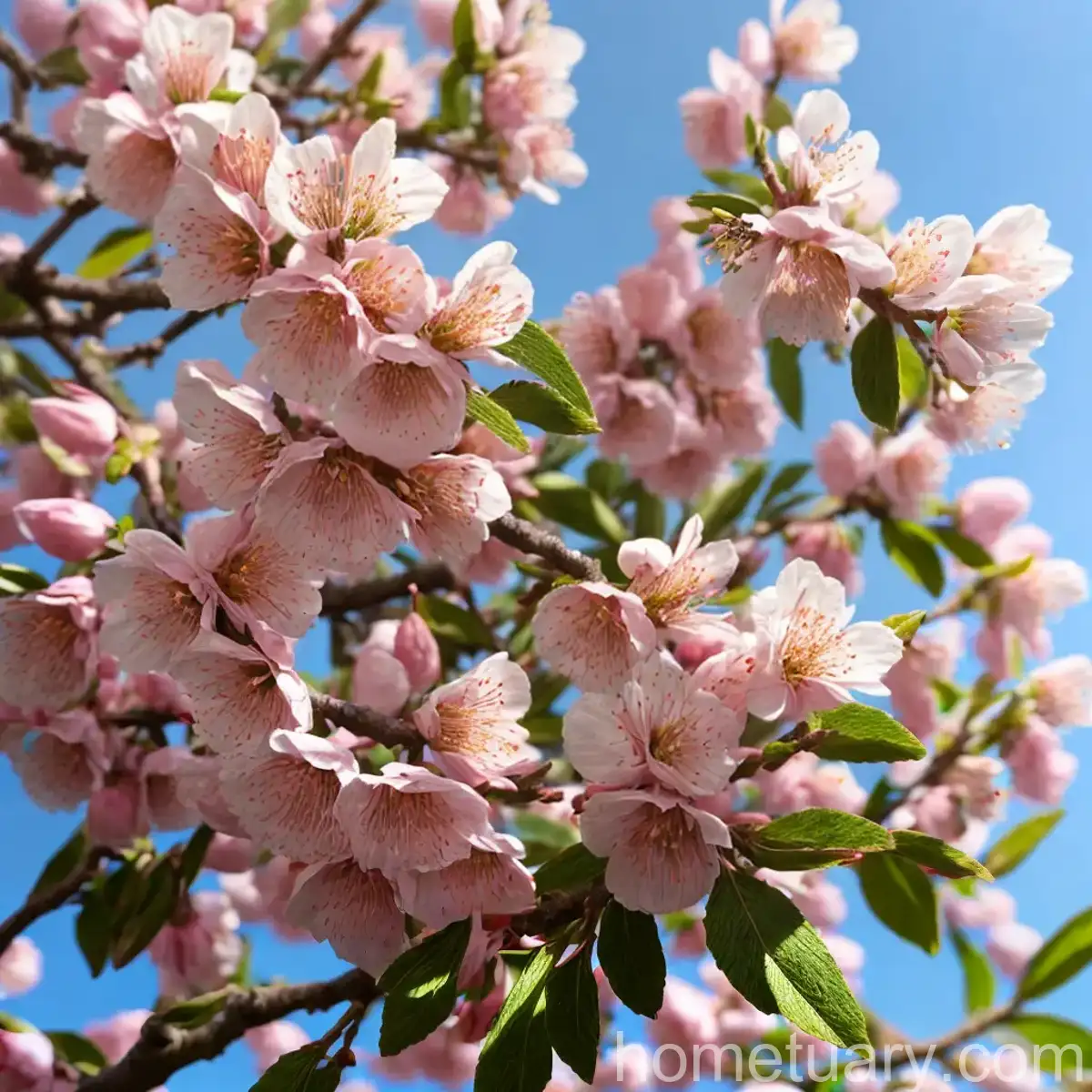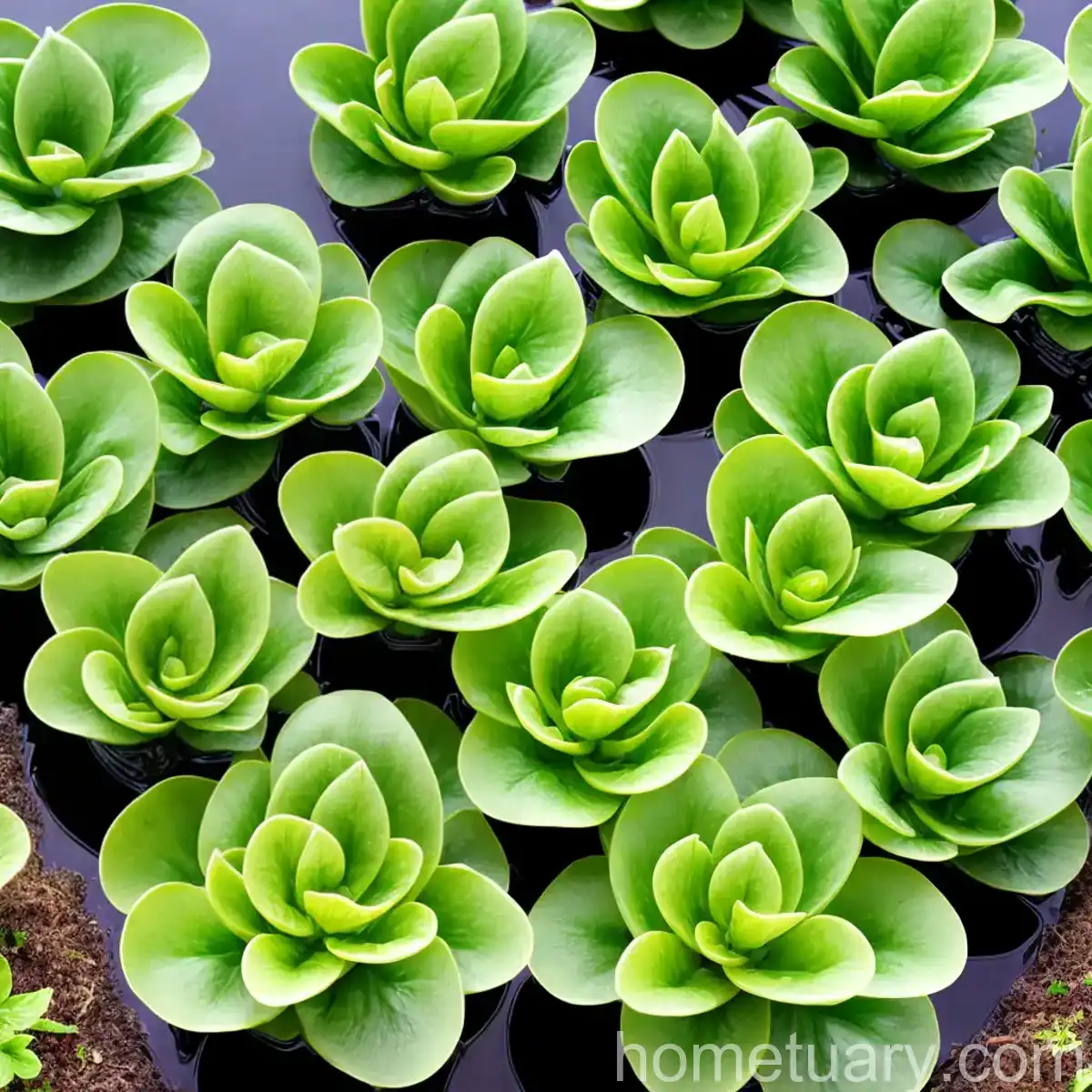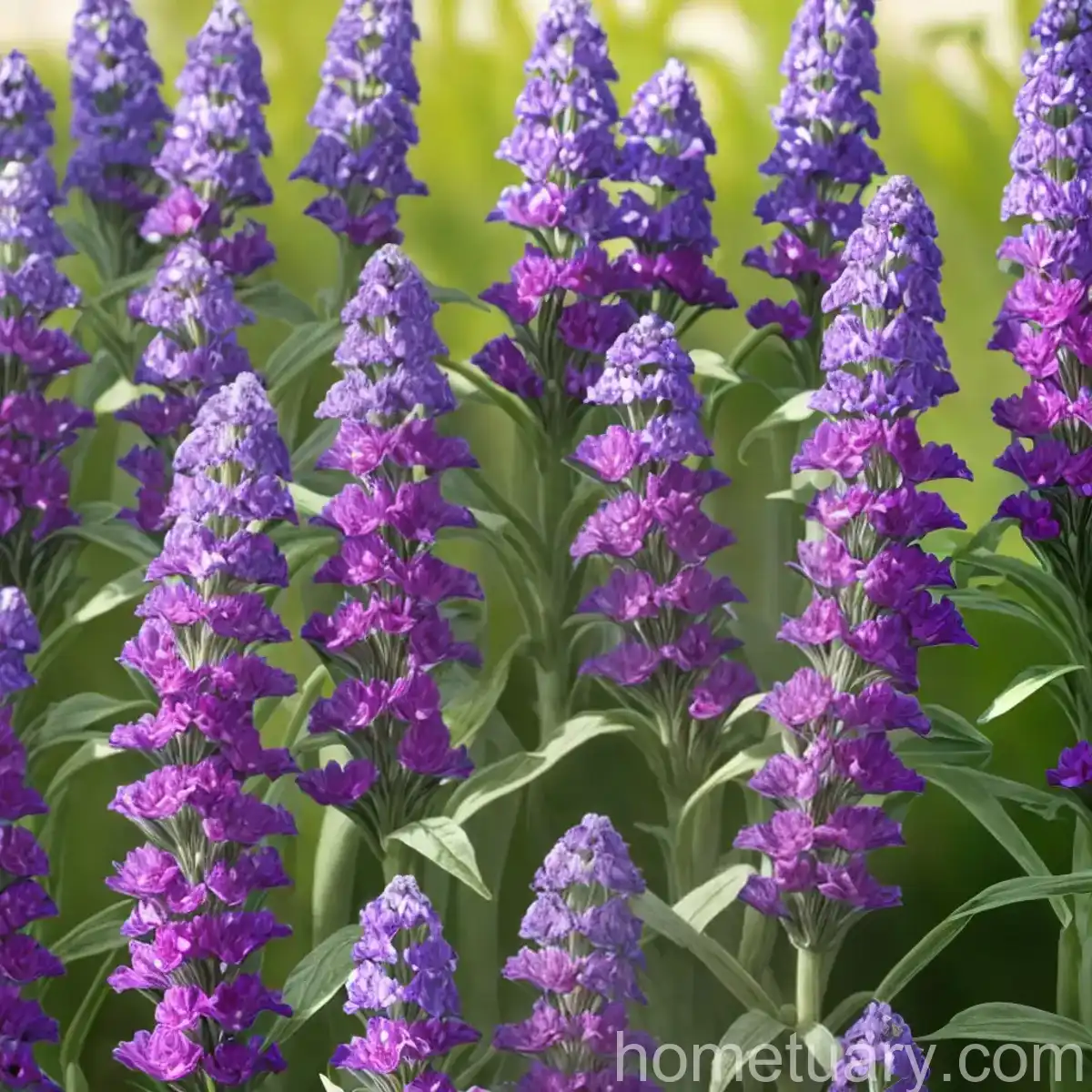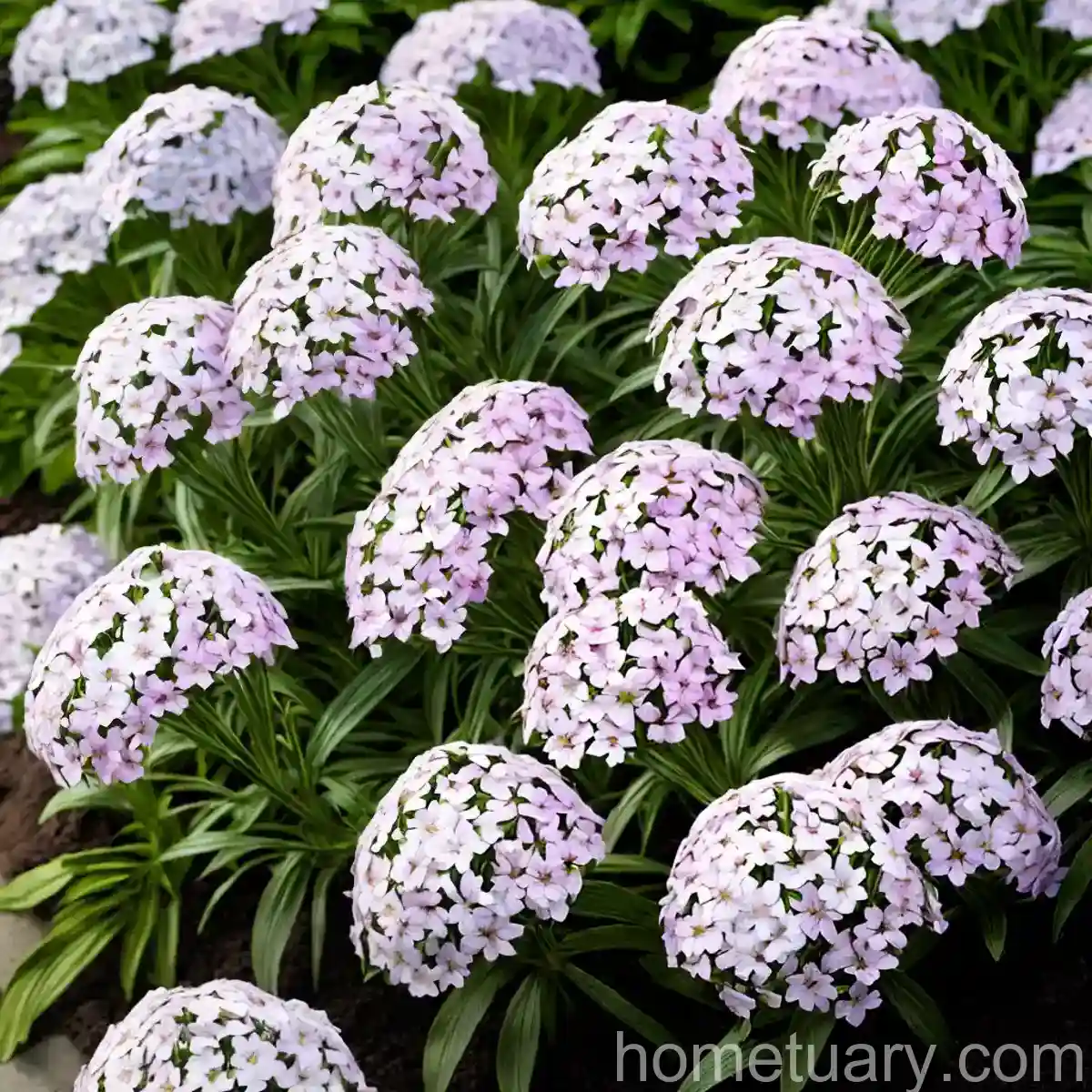A Comprehensive Guide to Garden Phlox (Phlox paniculata ‘Robert Poore’)
Garden phlox, scientifically known as Phlox paniculata ‘Robert Poore’, is a stunning perennial plant that adds a pop of color to any garden. With its vibrant flowers and attractive foliage, this cultivar is a favorite among gardeners. In this comprehensive guide, we will explore the various aspects of caring for and cultivating garden phlox, with a specific focus on the ‘Robert Poore’ variety.
What is Garden Phlox (Phlox paniculata ‘Robert Poore’)?
Garden phlox (Phlox paniculata) is a species of flowering plant in the family Polemoniaceae. It is native to woodlands and meadows in eastern North America, where it thrives in a variety of environmental conditions. The ‘Robert Poore’ variety is a specific cultivar appreciated for its unique characteristics, which we will delve into throughout this guide.
Key Takeaways – Garden Phlox (Phlox paniculata ‘Robert Poore’)
Before we delve into the specific care and cultivation aspects of garden phlox, let’s briefly outline the key takeaways for the ‘Robert Poore’ variety:
- Name: Phlox paniculata ‘Robert Poore’
- Growing Conditions: Full sun to partial shade
- Watering: Regular and consistent moisture
- Soil: Well-drained, fertile soil
- Pruning: Regular deadheading to promote continuous blooming
- Propagation: Division in spring or fall
- Common Diseases: Powdery mildew, leaf spot
- Common Pests: Spider mites, caterpillars
Now that we have a snapshot of the key points to be covered, let’s delve into each aspect in detail.
Culture
Cultivating garden phlox involves understanding its ideal growing conditions, care requirements, and propagation methods. Let’s explore each of these aspects in detail.
Uses
Garden Phlox (Phlox paniculata) is a versatile plant with numerous uses in landscapes and gardens. Its primary uses include:
- Flower Borders: The vibrant, showy blooms of ‘Robert Poore’ garden phlox make it a popular choice for planting along garden borders, where it adds a splash of color to the landscape.
- Pollinator Gardens: The fragrant flowers of Phlox paniculata attract pollinators such as butterflies and bees, making it an excellent addition to pollinator-friendly gardens.
- Cut Flower Arrangements: The long stems and colorful blooms of ‘Robert Poore’ garden phlox make it a popular choice for cut flower arrangements, adding a touch of elegance to bouquets.
- Wildlife Gardens: As an attractive plant for pollinators, garden phlox contributes to wildlife-friendly garden landscapes, supporting biodiversity and ecosystem health.
Water
Proper watering is crucial for the health and vitality of garden phlox. Here are some essential considerations when it comes to watering this plant:
- Moisture Needs: Garden phlox, including the ‘Robert Poore’ variety, thrives in consistently moist soil. While it does not tolerate waterlogged conditions, it benefits from regular watering, especially during dry periods.
- Watering Frequency: Depending on the climate and soil conditions, garden phlox generally requires watering once or twice a week. It’s essential to monitor the soil moisture and adjust the watering frequency accordingly.
- Watering Methods: Water at the base of the plant to avoid wetting the foliage, which can contribute to disease development. Drip irrigation or soaker hoses are effective methods for delivering water directly to the root zone.
Sunlight
Sunlight plays a critical role in the growth and flowering of garden phlox. Understanding the sunlight requirements is essential for optimizing the plant’s performance:
- Sun Exposure: Garden phlox, including the ‘Robert Poore’ variety, thrives in full sun to partial shade. It generally requires at least 6 hours of sunlight each day to produce abundant blooms.
- Shade Tolerance: While it prefers full sun, garden phlox can tolerate partial shade, especially in regions with intense afternoon sun. In such areas, providing afternoon shade can help prevent stress and maintain the plant’s vigor.
Fertilizer
Proper fertilization supports the growth, blooming, and overall health of garden phlox. Here’s what you need to know about fertilizing this plant:
- Timing: Apply a balanced, slow-release fertilizer in early spring, just as new growth emerges. A second application in early summer can support continuous flowering.
- Application Rate: Follow the specific instructions on the fertilizer label, and avoid over-fertilization, which can lead to excessive foliage growth at the expense of flowers.
- Fertilizer Type: A general-purpose granular fertilizer with balanced N-P-K (nitrogen, phosphorus, potassium) ratios, such as 10-10-10, provides the essential nutrients for garden phlox.
Soil
The soil composition and structure play a significant role in the health and performance of garden phlox. Here are some key considerations related to soil:
- Well-Drained Soil: Garden phlox thrives in well-drained, fertile soil. It is essential to avoid waterlogged conditions, as prolonged water saturation can lead to root rot and other issues.
- Soil Amendments: Incorporating organic matter such as compost into the soil before planting can improve its fertility and moisture retention, supporting the vigorous growth of garden phlox.
- Soil pH: Garden phlox prefers slightly acidic to neutral soil with a pH range of 6.0 to 7.0. Conduct a soil test to determine the pH and make necessary adjustments using lime or sulfur.
Pruning
Pruning plays a crucial role in maintaining the appearance and health of garden phlox. Understanding the proper pruning techniques is essential for promoting abundant blooms and preventing disease. Here’s what you need to know about pruning this plant:
- Deadheading: Regular deadheading, which involves removing faded flowers, promotes continuous blooming and prevents the plant from expending energy on seed production.
- Pruning Timing: Deadhead garden phlox as soon as the flowers fade throughout the blooming period. Additionally, cut back the entire plant by one-third in early summer to encourage a second flush of blooms.
- Disease Management: Promptly remove and dispose of any diseased or damaged foliage to prevent the spread of diseases such as powdery mildew and leaf spot.
Propagation
Propagating garden phlox allows you to expand your plant collection and share its beauty with others. Here are the primary methods for propagating garden phlox, including the ‘Robert Poore’ variety:
- Division: In early spring or fall, divide mature clumps of garden phlox by carefully separating the root ball into sections, each containing several shoots and a healthy portion of roots. Replant the divisions at the same depth as the original plant.
- Stem Cuttings: Take 4- to 6-inch stem cuttings from healthy, non-flowering shoots in late spring or early summer. Remove the lower leaves, dip the cut ends in rooting hormone, and plant the cuttings in a well-draining potting mix. Provide bottom heat and consistent moisture to encourage root development.
Container Popularity
Garden phlox, particularly the ‘Robert Poore’ variety, is well-suited for container cultivation, adding color and beauty to patios, balconies, and garden spaces with limited soil access. Container-grown garden phlox offers the flexibility to create stunning floral displays and provide a focal point in outdoor settings.
Key points related to growing garden phlox in containers:
- Container Selection: Choose a spacious container with drainage holes to ensure proper moisture management and root health.
- Potting Mix: Use a well-draining potting mix enriched with organic matter to support the growth of garden phlox in containers.
- Watering: Container-grown garden phlox may require more frequent watering than those grown in the ground, especially during hot, dry conditions.
- Fertilization: Apply a balanced liquid fertilizer according to the label instructions to provide essential nutrients to containerized garden phlox.
Common Diseases
Garden phlox, including the ‘Robert Poore’ variety, is susceptible to certain diseases that can impact its growth and aesthetics. Common diseases affecting this plant include:
- Powdery Mildew: A fungal disease that appears as a powdery white coating on the leaves, powdery mildew can weaken the plant and reduce its overall vigor. Provide proper air circulation and consider fungicidal treatments as necessary.
- Leaf Spot: Characterized by the presence of dark, circular spots on the foliage, leaf spot can compromise the plant’s health. Remove and dispose of infected leaves and apply fungicidal treatments to manage the disease.
Disease Diagnosis
Diagnosing and managing diseases in garden phlox requires careful observation and prompt intervention. Here are the essential steps for diagnosing and addressing common diseases:
- Symptom Identification: Pay attention to any unusual changes in the appearance of the foliage, such as discoloration, spots, or powdery coatings, which can indicate the presence of diseases.
- Cultural Practices: Implement cultural controls, such as providing proper air circulation, avoiding overhead watering, and maintaining plant hygiene, to reduce the risk of disease development.
- Treatment Options: When necessary, use appropriate fungicidal treatments, following the manufacturer’s instructions, to manage diseases and prevent their spread.
Common Pests
Pests can also pose a threat to the health of garden phlox, necessitating vigilance and appropriate pest management strategies. Here are some common pests that may affect this plant:
- Spider Mites: These tiny arachnids can infest the foliage of garden phlox, causing stippling, discoloration, and webbing. Use insecticidal soaps or horticultural oils to control spider mite infestations.
- Caterpillars: Certain caterpillar species may feed on the foliage of garden phlox, leading to visible damage and defoliation. Handpick caterpillars when feasible, and use biological or chemical control measures for severe infestations.
Botanist’s Tips
As a plant scientist with a passion for garden phlox, I’d like to offer some additional tips and insights to enhance the cultivation and enjoyment of the ‘Robert Poore’ variety:
- Companion Planting: Pair garden phlox with other pollinator-attracting plants such as coneflowers, bee balm, and butterfly bush to create a vibrant and wildlife-friendly garden space.
- Fragrance Appreciation: Take the time to savor the delightful fragrance of garden phlox blooms, which can add an extra sensory dimension to your garden experience.
- Observation and Care: Regularly observe your garden phlox for any signs of disease, pest infestations, or nutrient deficiencies, and intervene promptly to maintain the plant’s health.
Fun Facts
To further deepen our appreciation for garden phlox, especially the ‘Robert Poore’ variety, here are a few fun and intriguing facts about this delightful plant:
- Historical Significance: Phlox paniculata has been cultivated for centuries and is cherished for its enduring beauty and ease of cultivation.
- Butterfly Magnet: The colorful blooms of garden phlox are particularly attractive to butterflies, making it a popular choice for butterfly gardens.
- Cultural Symbolism: In some cultures, Phlox flowers symbolize harmony and unity, adding a layer of cultural significance to this beloved plant.
Links to External Resources
To complement your journey in cultivating and caring for garden phlox, I recommend exploring these valuable external resources:
- University of Illinois Extension – Phlox
- The American Phlox Society
- Missouri Botanical Garden – Phlox paniculata ‘Robert Poore’
With the knowledge and insights shared in this comprehensive guide, you are well-equipped to cultivate and appreciate the beauty of garden phlox, particularly the exquisite ‘Robert Poore’ variety. Happy gardening!
By Dr. [Your Name]
Plant Scientist & Horticulture Enthusiast















